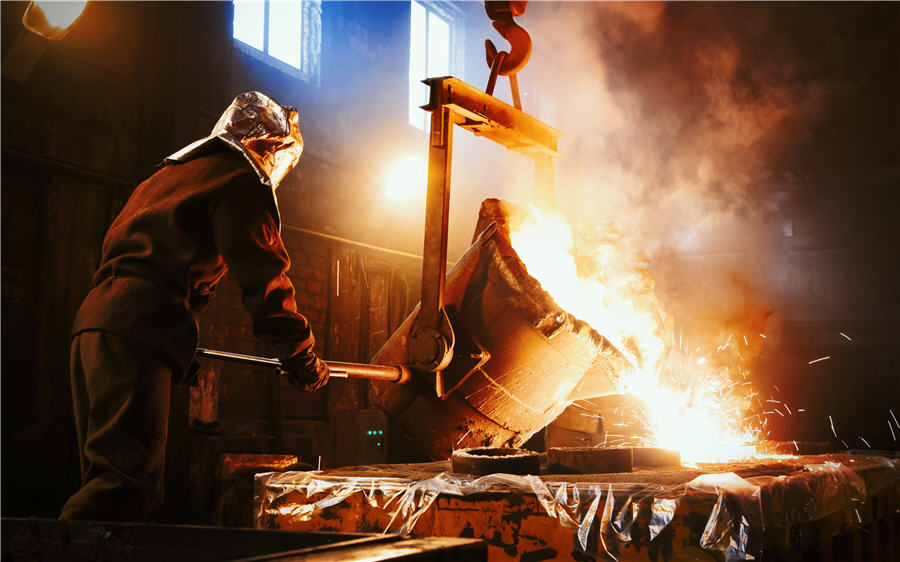
Global copper smelting edged up in September, but remained below the two-year average as negotiations ramped up between smelters and miners for treatment charges, data from satellite surveillance of metal processing plants showed on Wednesday.
Weaker smelting activity in China, the world’s biggest refined copper producer, was mainly behind the lacklustre readings, according to a joint statement from commodities broker Marex and SAVANT, the satellite analytics service Marex launched with Earth-i in 2019.
Miners hold talks on how much they should pay smelters to process their raw material in the weeks ahead of industry gathering London Metal Exchange Week in late October.
“Reducing smelting activity, at a time when a number of mines in South America face the threat of strike action and disruptions from local communities, could help alleviate any tightness that might be used as a bargaining chip by the mining side,” the statement said.
Earth-i, which specialises in geospatial data, tracks smelters representing 80-90% of global production. It sells data to fund managers, traders and miners, and also publishes a free monthly index of global copper smelter activity.
Its global copper dispersion index, a measure of smelter activity, rose to 49.0 in September from 48.6 the month before.
The Chinese dispersion index fell for the fourth straight month in September to 44.8, its lowest level since March 2021.
Under the dispersion index, 50 points indicate that smelters are operating at the average level of the past 12 months. It also has a second index showing the percentage of active smelters.
In nickel, global smelting activity extended its recovery in September after sliding in July to the lowest seen in the 5-1/2 year history of the data.
The global dispersion index for nickel climbed to 51.3 in September from 50.1 in August and compared to a record low of 37.8 in July.
The recovery has been largely due to strong gains in production of nickel pig iron (NPI) in Indonesia.
“The commissioning of new lines across a number of sites has been clearly visible,” the statement said.
(By Eric Onstad; Editing by Emelia Sithole-Matarise)
Comments